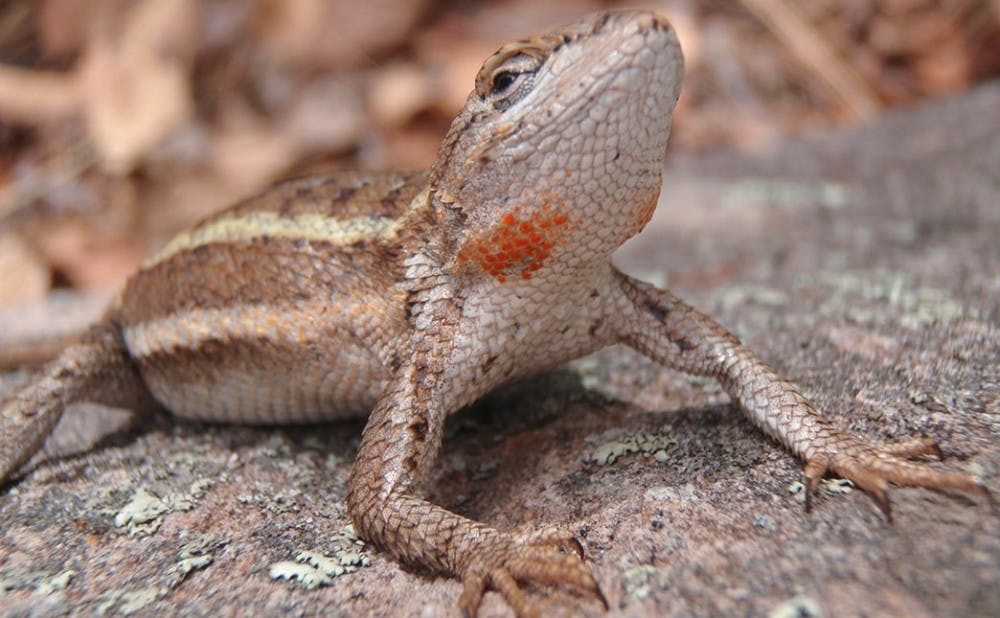Romantic interest plays less of a part in the evolution of attractive females than previously thought, a recent Duke study showed.
The adaptive advantages that underlie extravagant male physical features are fairly well understood—attractive males father more offspring. But only during the last 20 years have the reasons for female ornamentation begun to be studied. In most animals, males are the more ornamented sex, such as in the intricate feathers of male peacocks.
However, in other organisms, females have more ornate features, as seen in the red-tipped claws of female blue crabs.
Courtney Fitzpatrick, one of the study's authors and a post-doctoral fellow at Duke at the time, started her research in the field by studying baboons, a species that shows one of the most conspicuous cases of female ornamentation.
“As I was doing field research, I started wanting to try to understand how the processes that lead to ornamentation in females might be different than those that drive ornamentation in males,” she said.
Along with co-author Maria Servedio, professor of biology at the University of North Carolina at Chapel Hill, Fitzpatrick developed a mathematical model to predict changes in the instances of female ornamentation in a given population.
Because attractive traits in females can be passed down to offspring, those who demonstrate the possession of those traits were expected to attract more superior males and produce more viable offspring. But Fitzpatrick said ornamentations did not prove to be as much of a reproductive advantage as expected.
“What we found was very surprising," she said. "Even when females who do have the better ornaments get the superior male, there is only a bit of selection on that trait. It was against our expectations that we found that when the selection of female traits was able to be modeled, the effects were weak.”
The study's findings actually supported the existence of some force—besides the advantage of having superior mates—that is shaping female beauty in animals, Fitzpatrick said.
“The results lead me to suspect that there may be some benefits that females gain by possessing certain ornaments," she said. "Competition for resource and attainment of social status and protection from predators might explain it."
Get The Chronicle straight to your inbox
Signup for our weekly newsletter. Cancel at any time.

